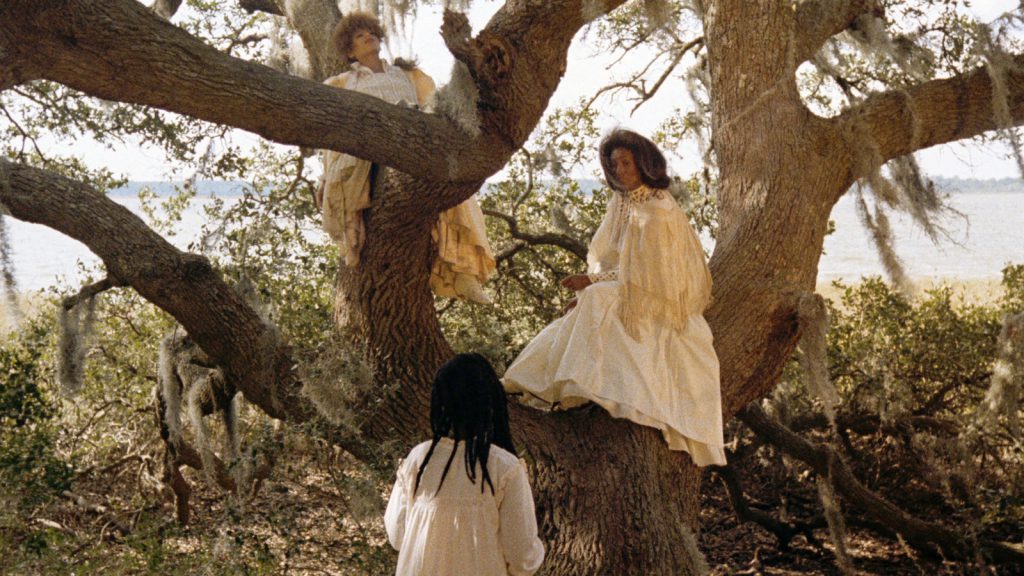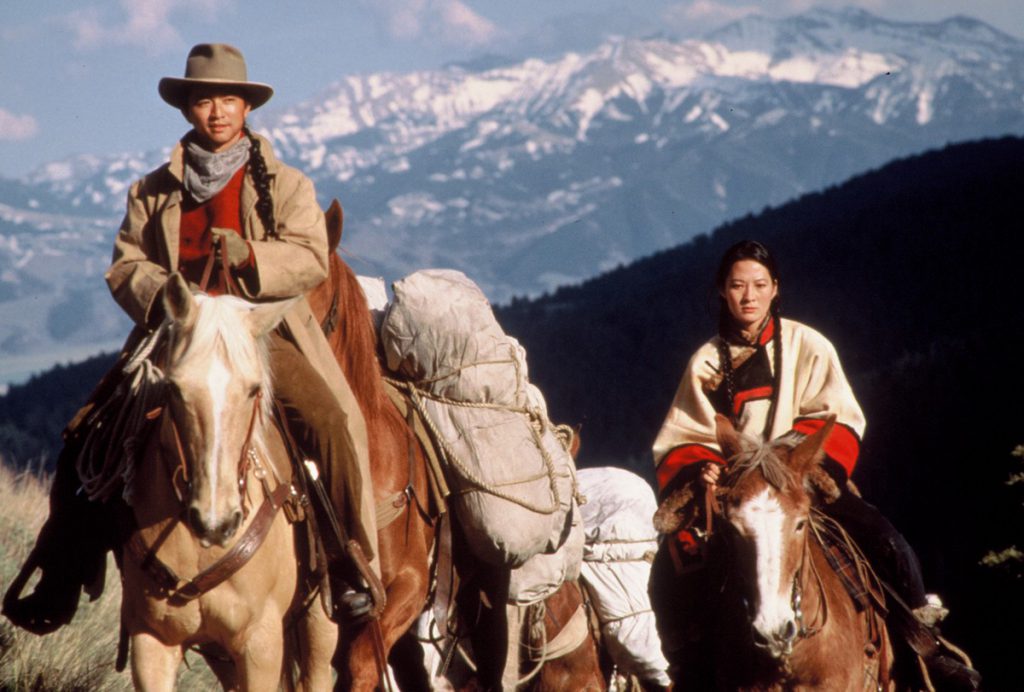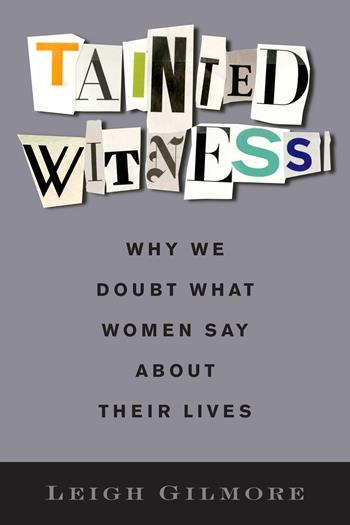Q&A: Kathleen Cummins on Herstories on Screen

Kathleen Cummins is a film professor in the Faculty of Animation, Arts, and Design at Sheridan College. She is also a filmmaker whose work has been broadcast and screened internationally. In this Q&A she discusses her new book Herstories on Screen: Feminist Subversions of Frontier Myths.
Q: What is Herstories on Screen about?
Kathleen Cummins: Herstories on Screen: Feminist Subversions of Frontier Myths is a transnational qualitative study that examines ten narrative feature films directed by women, released between 1979 and 1993. These ten films tell stories of female emancipation and resistance in former white-settler nations—Canada, the United States, New Zealand/Aotearoa, and Australia. These four nations are bound by a “selective narrative tradition” (Raymond Williams, 1977) focalized around a violent origin story of white settlement and expansionism in which an Anglo-Saxon heterosexual Protestant male struggles for supremacy over untamed frontier spaces and indigenous peoples, leading to their dispossession and displacement. As the films are set across a wide temporal range, from the colonial mid-nineteenth century to the late twentieth-century postcolonial period, their reimaginings and re-visionings of frontier spaces often operate outside the confines of the late nineteenth century, the typical time period depicted in Hollywood westerns. All ten films in Herstories are now considered landmark feminist films that aimed to interrogate and subvert their respective nations’ masculinist colonial myths of white settlement and expansionism. The films examined in this study are:
- Gillian Armstrong’s My Brilliant Career (AUS, 1979)
- Tracey Moffatt’s Bedevil (AUS, 1993)
- Sandy Wilson’s My American Cousin (CAN, 1985)
- Anne Wheeler’s Loyalties (CAN, 1986)
- Norma Bailey’s The Wake (CAN, 1986)
- Merata Mita’s Mauri (NZ, 1988)
- Jane Campion’s The Piano (NZ, 1993)
- Julie Dash’s Daughters of the Dust (US, 1991)
- Nancy Kelly’s Thousand Pieces of Gold (US, 1991)
- Maggie Greenwald’s The Ballad of Little Jo (US, 1993)
Q: How do the films interrogate colonization in former frontier white-settler nations?
KC: Through close textual analyses of the films, the study examines the filmmakers’ use of genre (namely melodrama, the western, and horror) and storytelling traditions/structures to debunk racist and heterosexist frontier tropes. The questions that animate the films’ plots are aligned with the issues that emerged out of second-wave feminism, such as female authorship, the role of motherhood and the heteronormative family, the nature of gender, and female collectivity. Though most of the films are not explicitly working in the western, they all deploy key tropes strongly associated with the genre, such as the cult of true (white) womanhood/motherhood and big-sky uncharted and “uncivilized” landscapes free “for the taking.” Working across a diverse range of industrial, national, cultural, and aesthetic contexts, these trailblazing women filmmakers are most profoundly divided along lines of race and aesthetics, rather than nation, debunking the myth of “cinema sisterhood.”
Q: Why focus on only feature narrative films?
KC: “I think we need to do more than try to document history. I think we need to probe. We need to have the freedom to romanticize history, to say, ‘what if,’ to use history in a speculative way and create speculative fiction. I think we need to feel free to do that.” (Julie Dash and Houston A. Baker Jr., “Not Without My Daughters,” Transition 57 (1992): 163)
Julie Dash is an African American filmmaker and trailblazer. Though she could have told her African American Gullah story of the Peazant family in the documentary form, she was determined to tell it on the big screen. It would take her over a decade to do so. On the release of Daughters of the Dust, Dash became the first African American woman to direct a feature-length narrative film with a theatrical release. These filmmakers’ choice and determination to work in the feature narrative film format can be seen as a political act, intended not only to break through the “celluloid ceiling” (Dr. Martha Lauzen) but also to destabilize, question, and reimagine popular frontier myth-history narratives writ large. By working in the feature narrative tradition, these filmmakers demanded what postcolonial theorist Edward Said called “the power to narrative” (Said, 1993). In addition to Lauzen’s celluloid ceiling reports, a number of EDI (Equity, Diversity and Inclusion) conducted across the globe, such as the Canadian Women in View (includes data on indigenous and women of color), the Australian Gender Matters, and Female Directors in European Cinema, indicate that female-identifying filmmakers continue to be excluded from theatrical narrative cinema. BIPOC women are even more under-represented.
Q: How did these frontier-themed films get made?
KC: The selection of these ten films in Herstories represents a feminist film wave of sorts, a “perfect storm,” so to speak. Most film waves occur because a group of filmmakers, usually politicized young (white) males, aim to reinvent cinema or combat Hollywood domination and American imperialism, as exemplified by Italian Neorealism or the French New Wave. Historically, these waves have been grounded in national or domestic cinemas, working within isolated production contexts. The women filmmakers in this study were also strongly politicized and also aimed to counter the dominant cinema, both Hollywood and their own domestic industries, which have historically excluded female voices and stories. As for all film waves and movements, a certain set of political, cultural, institutional, and national conditions had to be in place for these women to make their films happen. Most of these conditions evolved out of and were cultivated by the second-wave women’s movement of the 1960s and 1970s. All of the trailblazing filmmakers and their landmark films benefited from either the implementation of state funding and film training programs aimed at women and racialized groups to address gender inequities and a lack of diversity in the cinema; the emergence of women’s film festivals globally; the grassroots implementation of women’s and indigenous filmmaking collectives and coops; and/or the rise of independent cinema in the 1980s and ’90s.
Q: What do these films mean to you personally?
KC: The films in Herstories are what inspired me as a young emerging female filmmaker. I was a film student in Canada during the early 1990s and actually remember where I was when Jane Campion’s The Piano won the Palme d’Or (the highest prize awarded at the Cannes Film Festival) in 1993; she is still the only woman director to have ever won it. That moment gave me hope for my future. I remember the excitement about Julie Dash’s Daughters of the Dust when it played at Toronto’s Festival of Festivals (now called TIFF). Upon seeing Dash’s masterpiece I was overwhelmed by her brilliant and ritualistic mise-en-scène, bathed in the natural light of her Gullah American sea island frontier. And I am still rendered speechless by Tantoo Cardinale’s performance of a Canadian-indigenous mother avenging the rape of her daughter in Anne Wheeler’s powerful Loyalties. Cardinale’s enigmatic and incriminatory angry face is on the cover of this book for a reason. And her question, What kind of woman are you?!, echoes across this study. To me as a young female, these films proudly declared that women’s stories and women’s voices matter! Sadly, despite all their successes, their awards, their iconic status as pioneering filmmakers, a number of these women have never made another theatrical feature, and some of the films have been largely forgotten. Wheeler’s Loyalties is currently out of print. I am still trying to get to the bottom of that one! On a positive note, a number of these films have been rediscovered and even been remastered, such as Merata Mita’s Mauri, the first feature film to be directed by a Maori female director, and Nancy Kelley’s Thousand Pieces of Gold, one of the first westerns to be directed by a woman since the silent era, and perhaps the only western to feature a Chinese female character in a lead role, played beautifully by Rosalind Chao. A number of these films can now be found on streaming services, enabling them to find new audiences, no doubt inspiring a new generation of young women directors!
You can save 20 percent on her new book Herstories on Screen: Feminist Subversions of Frontier Myths when you use coupon code SCMS20 at checkout now through May 1.













